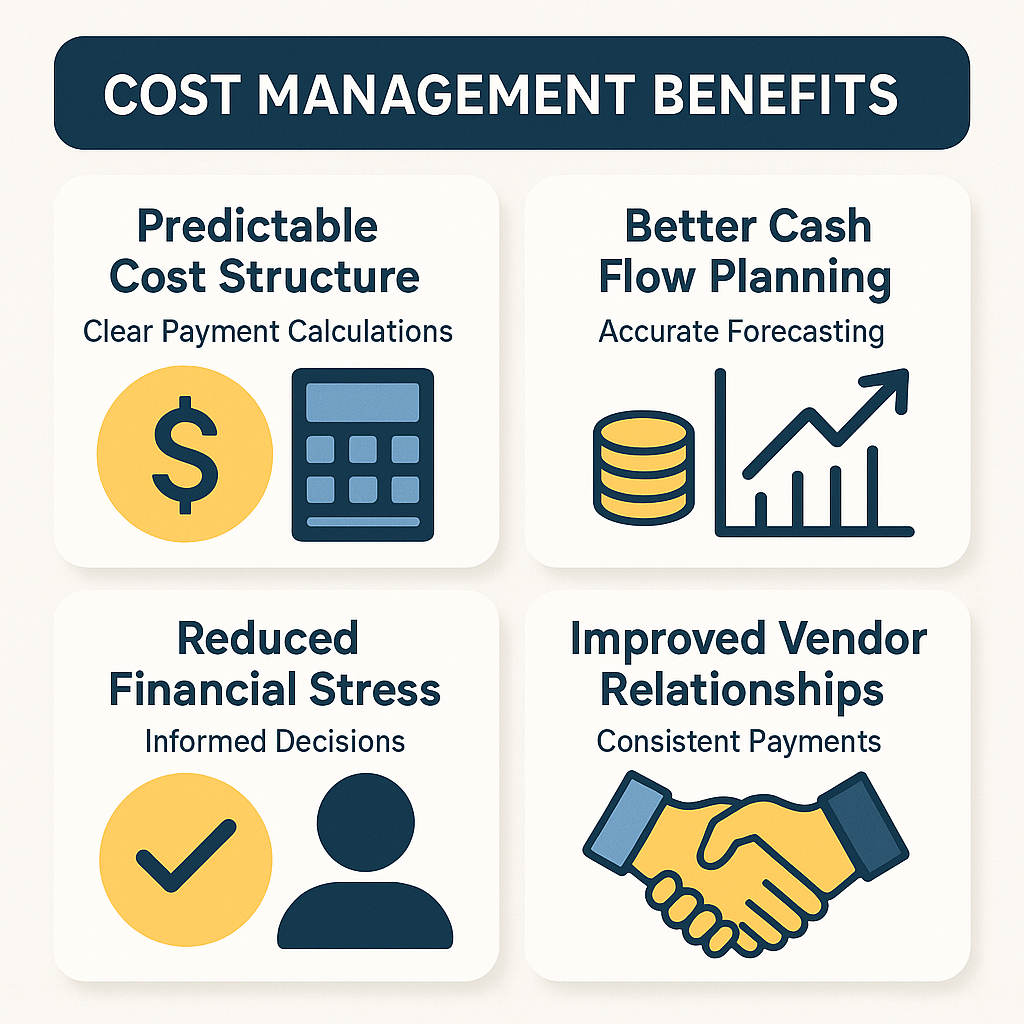Restaurant owners often face unpredictable cash flow patterns that can make traditional fixed payment schedules challenging to manage. Flexible repayment options for restaurants provide a solution by aligning financing obligations with actual sales performance and seasonal variations, helping establish better liquidity management.
Understanding Sales-Based Deduction Models
Sales-based deduction models offer restaurants a repayment structure that adjusts according to their actual revenue performance. This approach typically involves calculating payments as a percentage of monthly sales, which means lower payments during slower periods and higher payments when business is strong. Revenue-based financing arrangements can provide significant flexibility during low-sales periods by proportionally reducing the financial burden on cash reserves. These models may help restaurant owners maintain operational stability without the pressure of fixed monthly obligations that traditional financing often requires.
Steps to Implement Flexible Repayment Scheduling
- Evaluate your cash flow patterns: Review your restaurant's sales data over the past 12-24 months to identify seasonal trends, peak periods, and slower months that might affect repayment capacity.
- Calculate percentage-based payments: Work with lenders to determine a reasonable percentage of monthly revenue that can be allocated to repayments while maintaining sufficient working capital for operations.
- Establish minimum and maximum thresholds: Set boundaries for payment amounts to ensure predictability while maintaining flexibility during revenue fluctuations.
- Create monitoring systems: Implement regular review processes to track how the flexible repayment terms impacts your overall financial health and operational cash flow.
Benefits of Transparent Terms in Restaurant Financing

- Predictable cost structure: Clear terms help restaurant owners understand exactly how payments will be calculated and what factors might influence monthly obligations
- Better cash flow planning: Transparent repayment schedules enable more accurate forecasting and budgeting for operational expenses and growth initiatives
- Reduced financial stress: When restaurant owners understand their financing terms completely, they can make more informed decisions about inventory, staffing, and expansion plans
- Improved vendor relationships: Stable cash flow management through transparent financing may help maintain consistent payments to suppliers and service providers
Advanced Liquidity Management Strategies
- Deferment options: Some flexible financing products allow restaurant owners to defer principal payments until they are financially ready, which can be particularly valuable during seasonal fluctuations or unexpected challenges
- Extended repayment terms: Longer repayment periods may help reduce immediate financial burden and allow strategic resource allocation for marketing, equipment, or staff development
- Seasonal adjustment clauses: Financing agreements that recognize the cyclical nature of restaurant business can provide automatic payment adjustments during historically slower periods
- Performance-linked modifications: Some arrangements may offer payment reductions when sales fall below certain thresholds, providing additional protection during challenging periods
Flexible repayment options for restaurants can provide valuable financial breathing room while supporting long-term growth objectives. By aligning payment structures with actual sales performance and implementing transparent terms, restaurant owners may achieve better liquidity management and operational stability. The key lies in finding financing solutions that adapt to the unique cash flow patterns of the food service industry.

.png)






